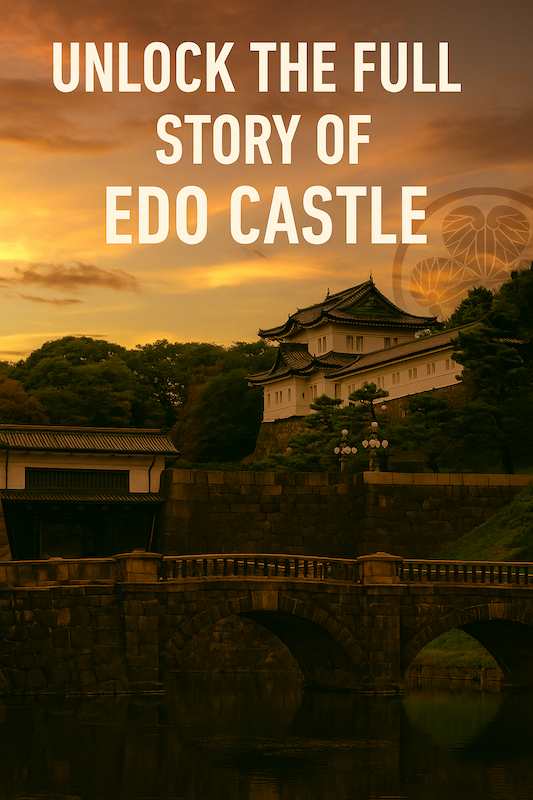
Tokugawa Ieyasu, the founder of the Edo Shogunate, built Edo Castle as the heart of his rule. Today, the vast castle grounds and surrounding areas still echo with the history of Japan’s samurai era. Why not embark on a journey to uncover the strategic design and grand scale of this legendary stronghold while retracing Ieyasu’s legacy?
In this special series, we divide the Edo Castle ruins into five distinct areas, offering an in-depth look at their historical significance and key attractions:
Explore Each Area:
Otemon Area
Fujimi Yagura Area
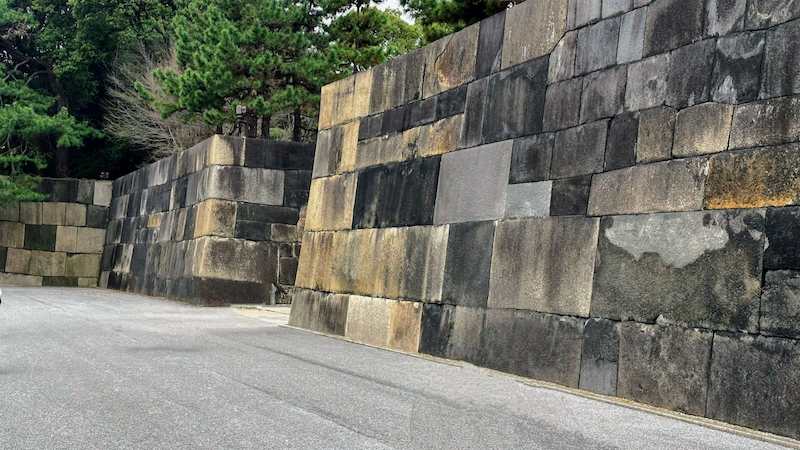
Nakanomon Gate Ruins
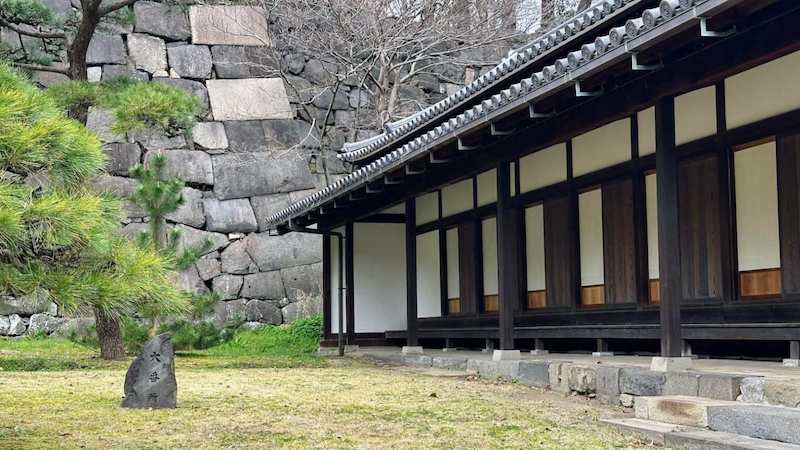
Obansho Guardhouse
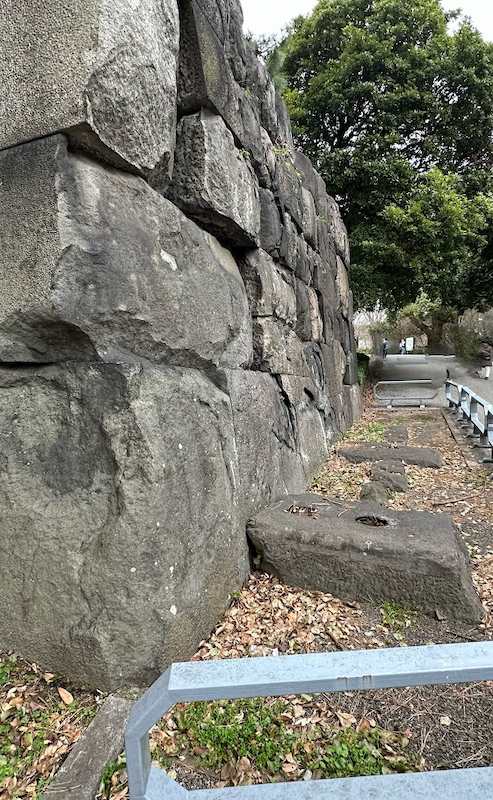
Chujakumon Gate Ruins
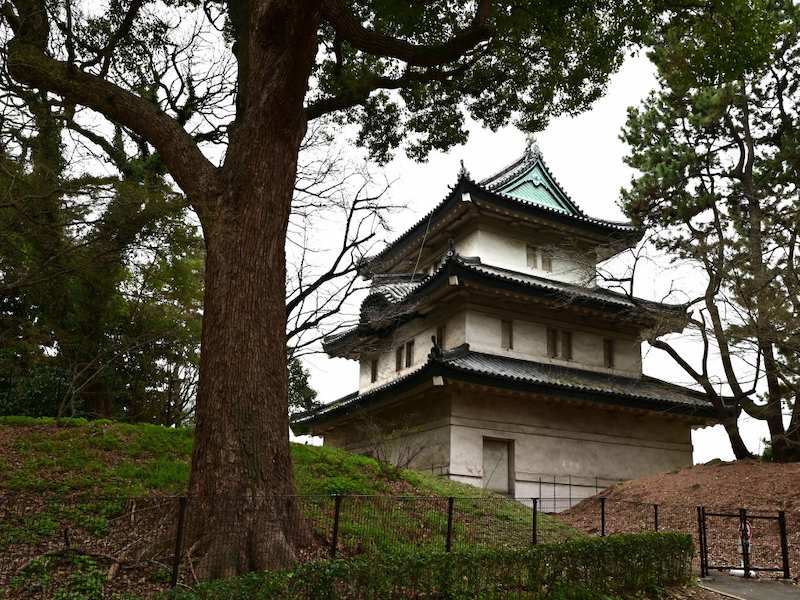
Fujimi Yagura (Tower)

Matsuno-Ōrōka Hallway Ruins
Honmaru Area
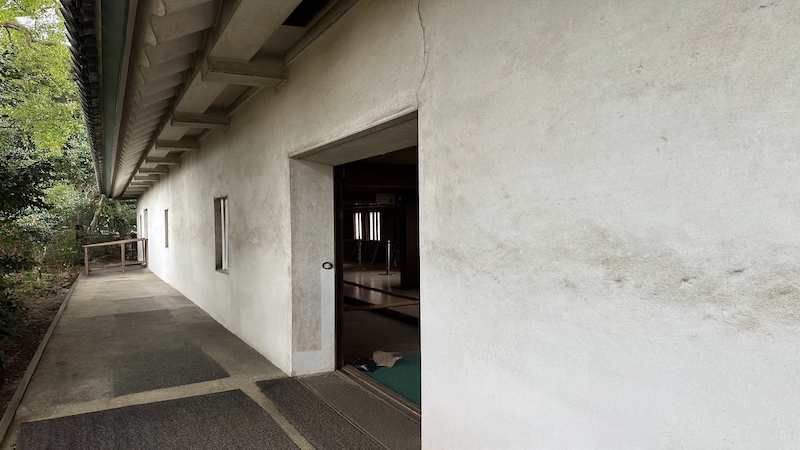
Fujimi Tamon
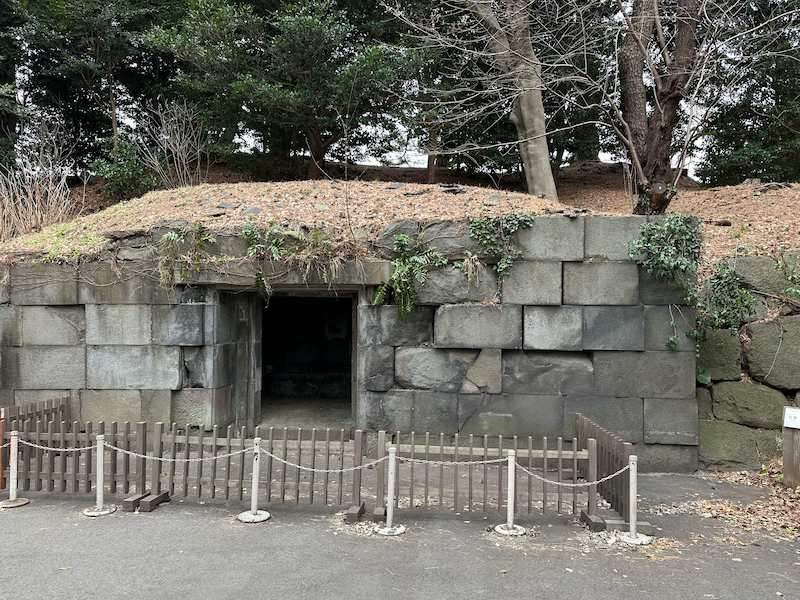
Ishimuro (Stone Chamber)

Honmaru Ruins
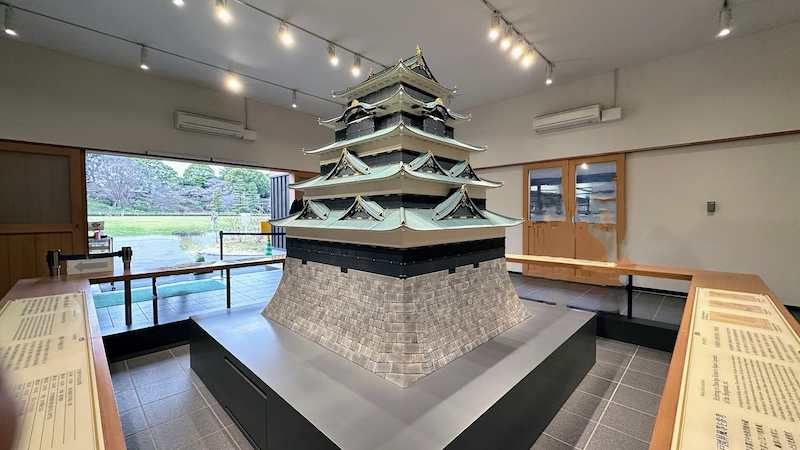
Edo Castle Tenshu Reconstruction Model
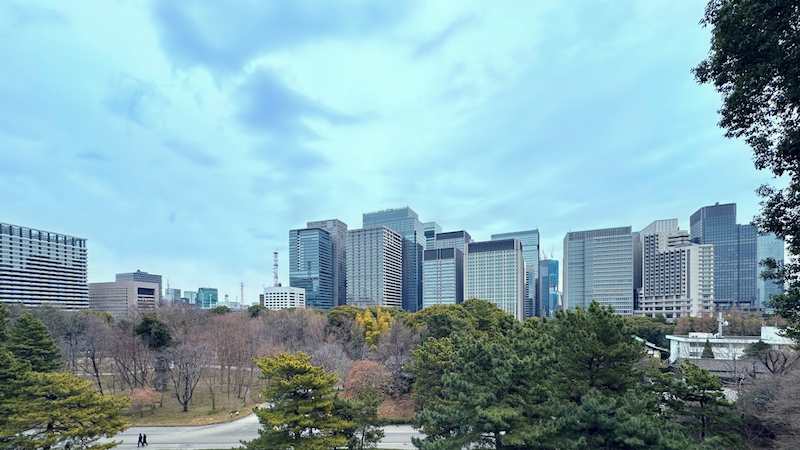
Site of the Daidokoro-mae Three-Story Turret
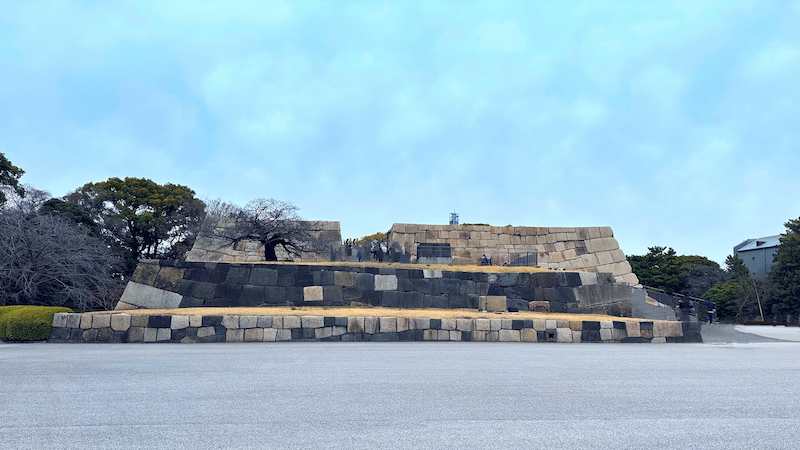
Site of Edo Castle Tenshudai (Main Keep Foundation)
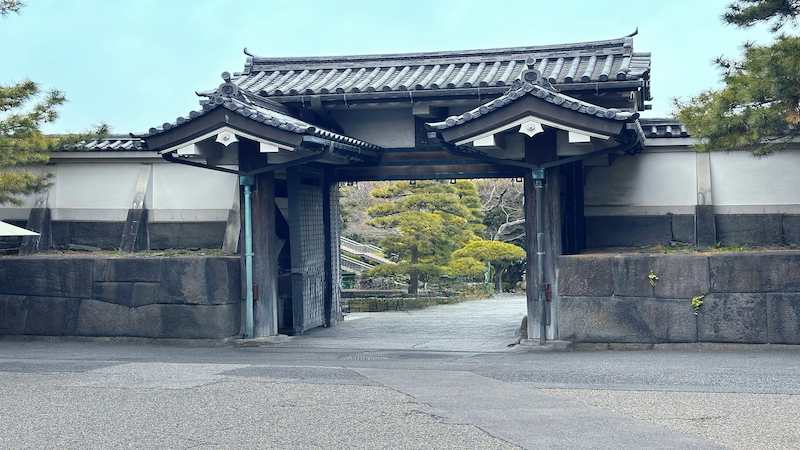
Kita-hanebashi Gate
Ninomaru Area
Outer Perimeter
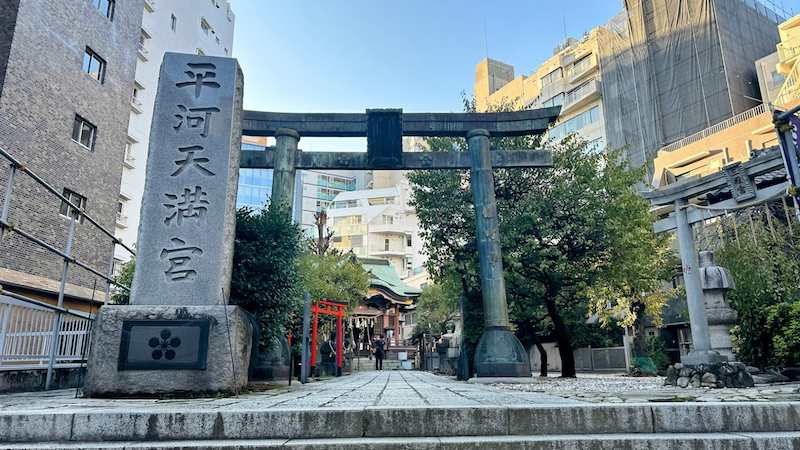
Hirakawa Tenmangu Shrine
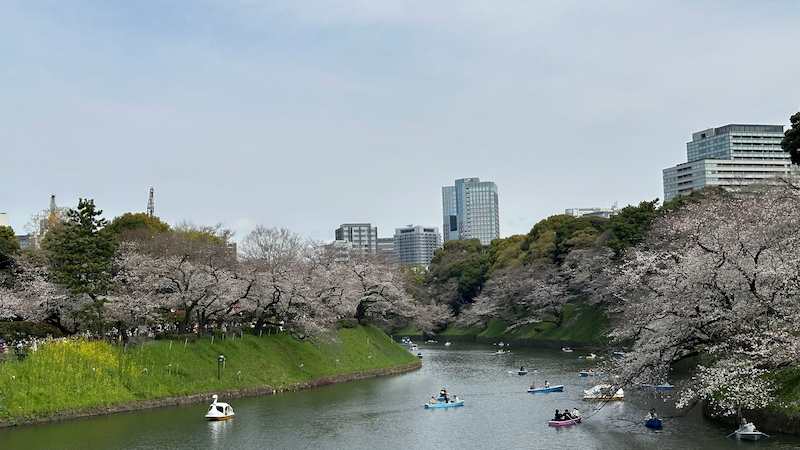
Chidorigafuchi
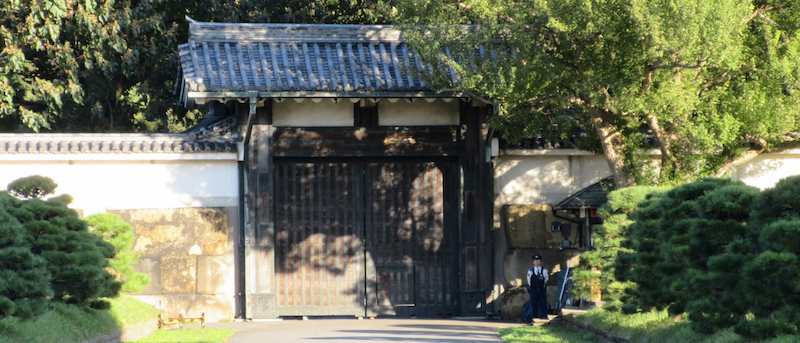
Hanzomon Gate
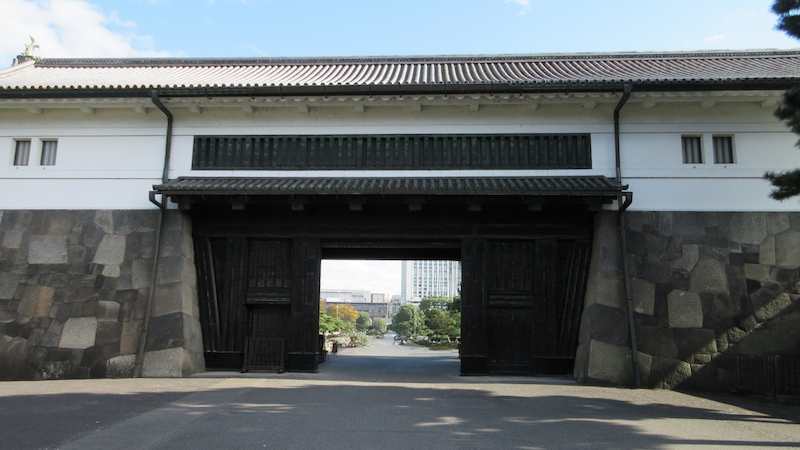
Sakuradamon Gate
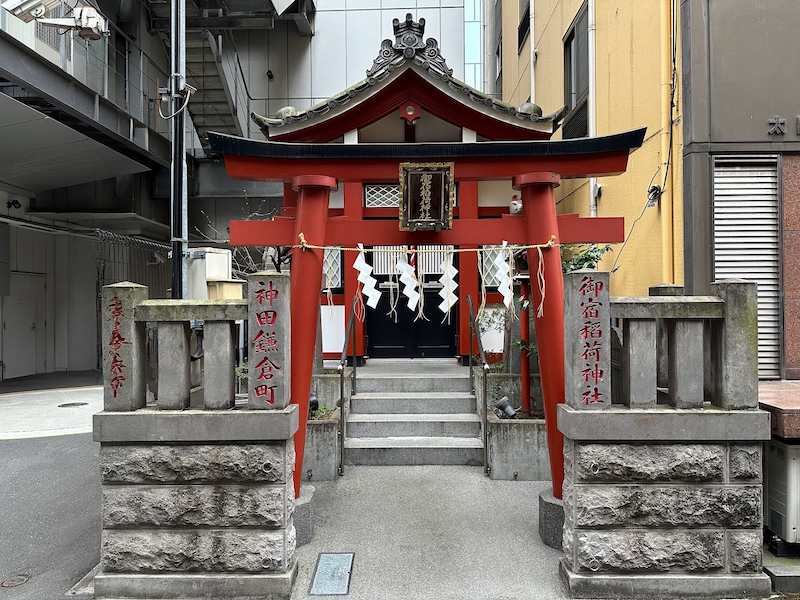
Onjuku Inari Shrine
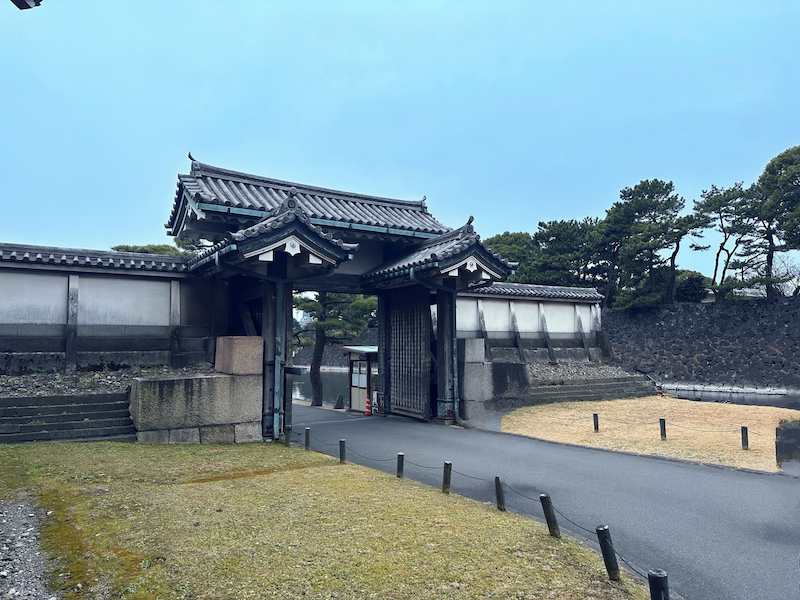
Kikyo Gate (Uchisakurada-mon)
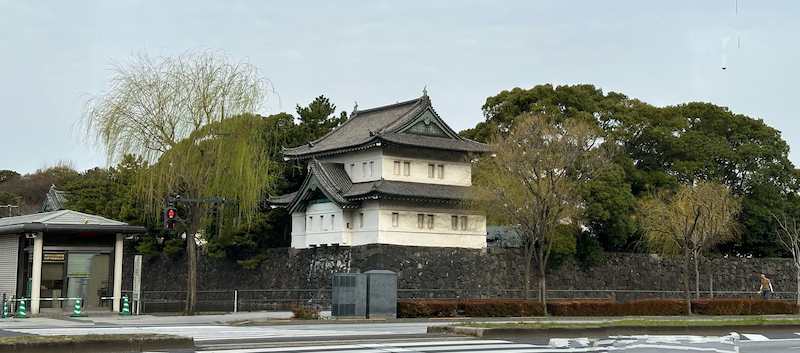
Tatsumi Yagura (Southeast Turret)
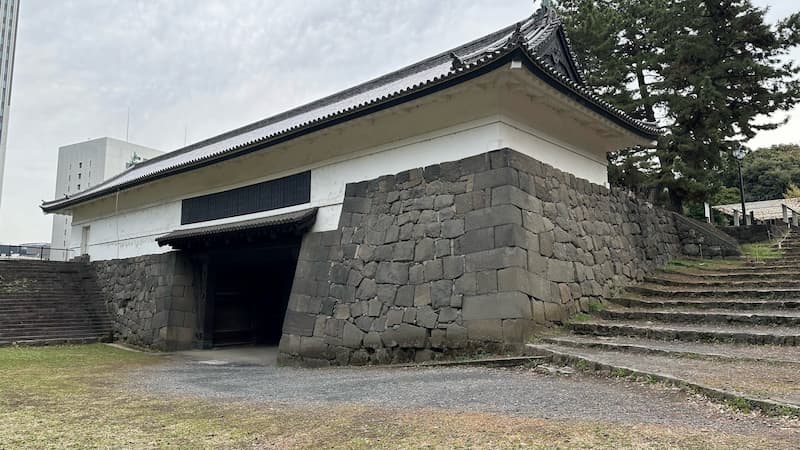
Shimizu Gate (Shimizu-mon)

Tayasumon Gate (Tayasu-mon)
If you’re fascinated by Tokugawa Ieyasu and the Edo period, this is a must-read! Step back in time and explore the remnants of Edo Castle, imagining the city as it once was during its golden era.
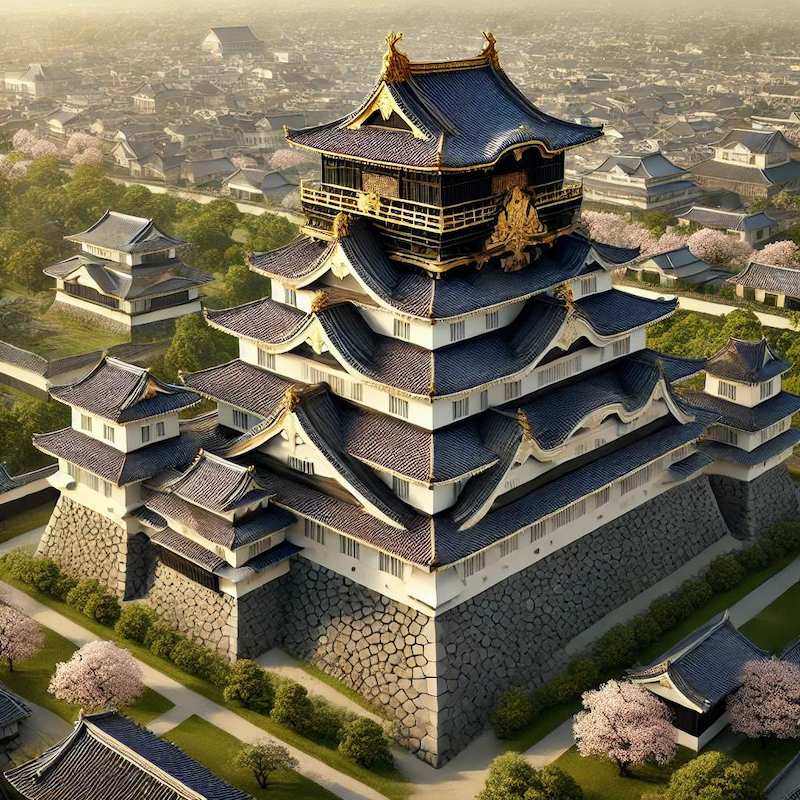
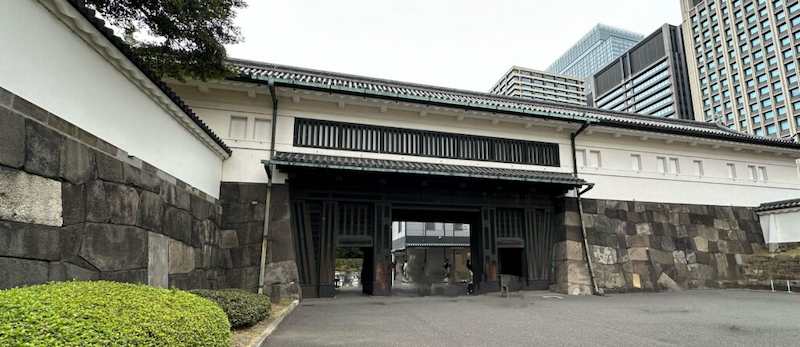
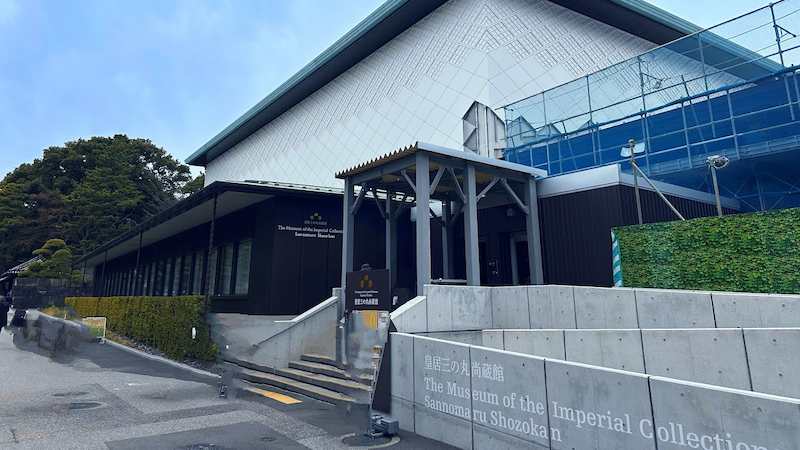
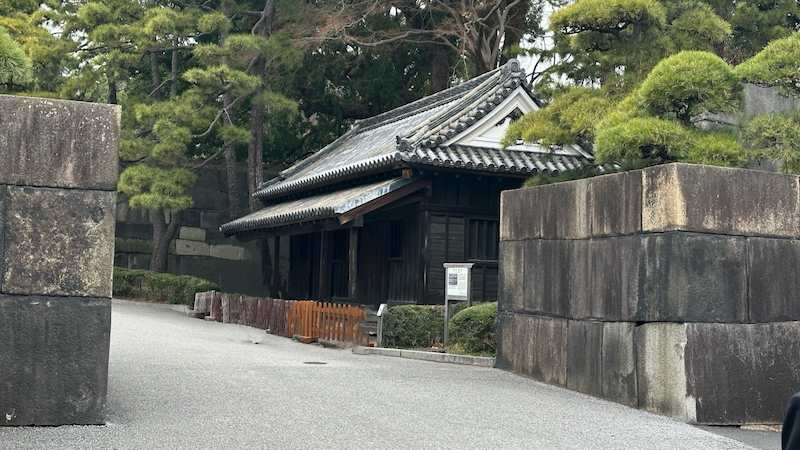
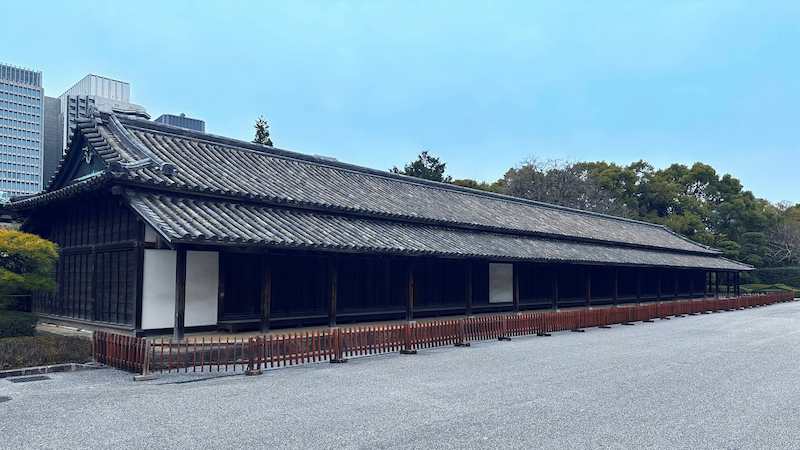




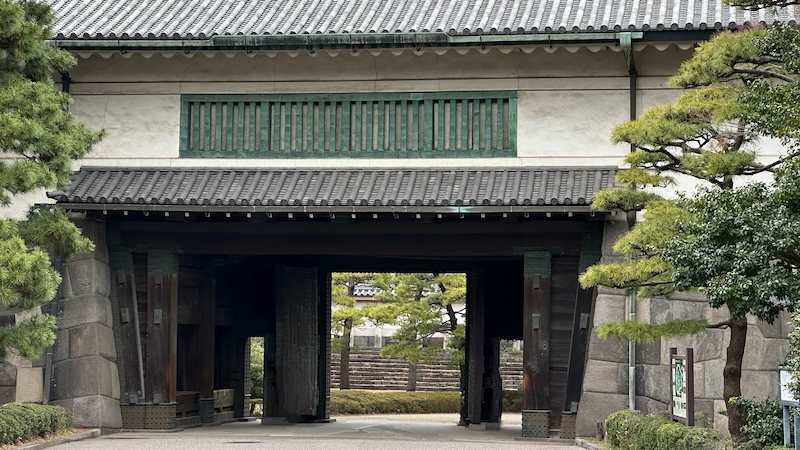

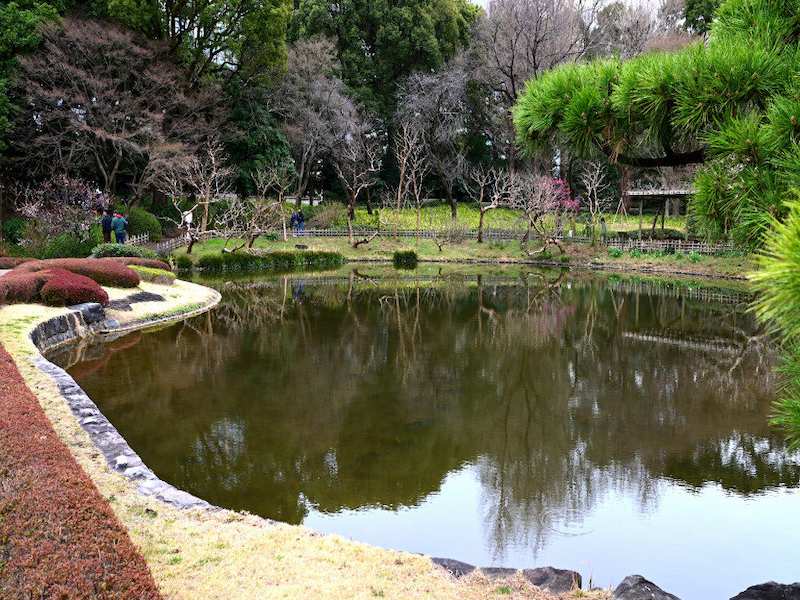
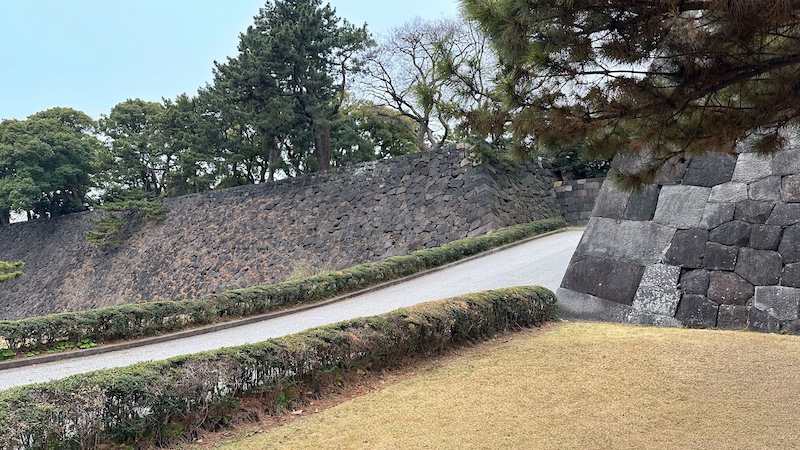





comment